バックカントリースキーは、休憩中は暖かく、登りでは過熱しない完璧なバランスを見つけることがすべてです。鍵は?乾燥し、暖かく、自然の厳しさから守る賢いレイヤリングシステムです。簡単な内訳はこちら:
- ベース レイヤー: 汗を吸い取り、乾燥を保ちます。メリノウールや合成繊維を選び、綿は避けましょう。
- ミッド レイヤー: 体温を閉じ込めつつ湿気を逃がします。軽量のフリースや合成断熱材が最適です。
- アウター レイヤー: 風、雪、雨から守ります。通気性があり、防水のシェルでベンチレーション付きのものを選びましょう。
Snowfeet* ギアは、Walkski Backcountry Touring Skis のように、レイヤー管理をさらに簡単にします。軽量設計で通常の冬用ブーツと相性が良く、かさばるスキーギアを省いて快適さと機動性に集中できます。
レイヤリングをマスターする準備はできましたか?さあ、始めましょう。
バックカントリースキーの服装 - プロのレイヤリングガイド
3層システムの説明
3層システムは、バックカントリーでの冒険中に体温を管理するための確かな方法です。各レイヤーには特定の役割があり、急な登りを頑張る時も、氷点下の休憩時も快適さを保ちます。このシステムの魅力は柔軟性にあり、活動の要求に応じてレイヤーをその場で追加したり脱いだりできます。
Snowfeet* 装備のような軽量で高性能なギアと組み合わせると、このシステムはさらに効果的になります。各レイヤーがどのように機能して、暖かく、乾燥し、保護されるかを詳しく見ていきましょう。
"冬のレイヤリングシステムの目標は、服の内側で汗をかきながらも暖かく乾いた状態を保ち、外の過酷な環境に耐えることです。" - Mountain Hardwear
ベースレイヤー:湿気の管理
ベースレイヤーは汗に対する最初の防御線です。肌に直接触れ、湿気を吸い取り乾燥を保ちます。登山や難しい地形のナビゲート中は汗をかくのは避けられませんが、湿気が残ると特に寒い環境では急速に体を冷やしてしまいます。
このレイヤーには、メリノウールやポリエステルのような合成繊維が最適です。メリノウールは温度調節だけでなく、臭いも抑えるため、数日間の旅にぴったりです。一方、合成素材は速乾性があり、湿っていても断熱性を保ちます。
"山の格言『綿は命取り』は真剣に受け止めるべきです。" - Mountain Hardwear
綿は絶対に避けてください。綿は湿気を吸収し、濡れると断熱性を失い、急速な体温低下を招く可能性があり、バックカントリーでは危険です。過酷な条件下での性能を考慮した技術的な素材を選びましょう。
ミッドレイヤー:断熱の提供
ミッドレイヤーは、体の近くに熱を閉じ込めつつ、ベースレイヤーからの湿気を逃がすことに重点を置いています。このレイヤーは暖かさと通気性の調整に重要な役割を果たし、高エネルギーの活動中に不可欠です。
フリースジャケットや軽量断熱レイヤーはここでの優れた選択肢です。現代のミッドレイヤーは、休憩中は暖かさを保ちつつ、動いているときには余分な熱を放出するよう設計されています。強度が激しく変動するバックカントリースキーでは、この適応性が非常に重要です。
合成断熱材は、ダウンよりも通気性が良いため、アクティブな活動に適しています。しかし、ダウン断熱材は休憩中やグループの到着を待つ静的な状況で優れています。このレイヤーのモジュール性により、状況に応じて断熱性を調整できます。
アウター層:天候からの保護
アウター層、つまりシェルは、風、雪、雨から身を守るバリアです。その役割は、内側のレイヤーからの汗や湿気を逃がしつつ、外部の要素を遮断すること。この保護と通気性のバランスこそが、良いシェルと優れたシェルの違いです。
通気性と防水性を兼ね備えた膜素材で作られたシェルを探しましょう。脇のジッパーや胸のベンチレーションのような機能は、激しく動いているときに熱を素早く放出できるため、レイヤーを脱がずに済む命綱です。
シェルは、他のレイヤーの上に快適にフィットし、動きを妨げないものであるべきです。フルジップの前面や脇のベンチレーションなどの換気オプションは、バックカントリーでの使用に不可欠です。中には太もも部分にジッパーが付いていて、さらに通気性を高めるパンツもあります。これらの機能により、登るときに素早く熱を逃がし、天候が悪化したらしっかりと密閉できます。
"暖まるより冷える方が簡単だ。" - ルーク・スミスウィック、Mountain Hardwearアスリート兼ビッグマウンテンスキーヤー
この考え方がレイヤリングの鍵です。冒険の始まりは少し涼しく感じるくらいがちょうどよく、動くうちに暖まります。快適な温度を保つために、必要に応じてレイヤーを調整したりベンチレーションを開けたりしましょう。
Snowfeet* ギアでのレイヤリング
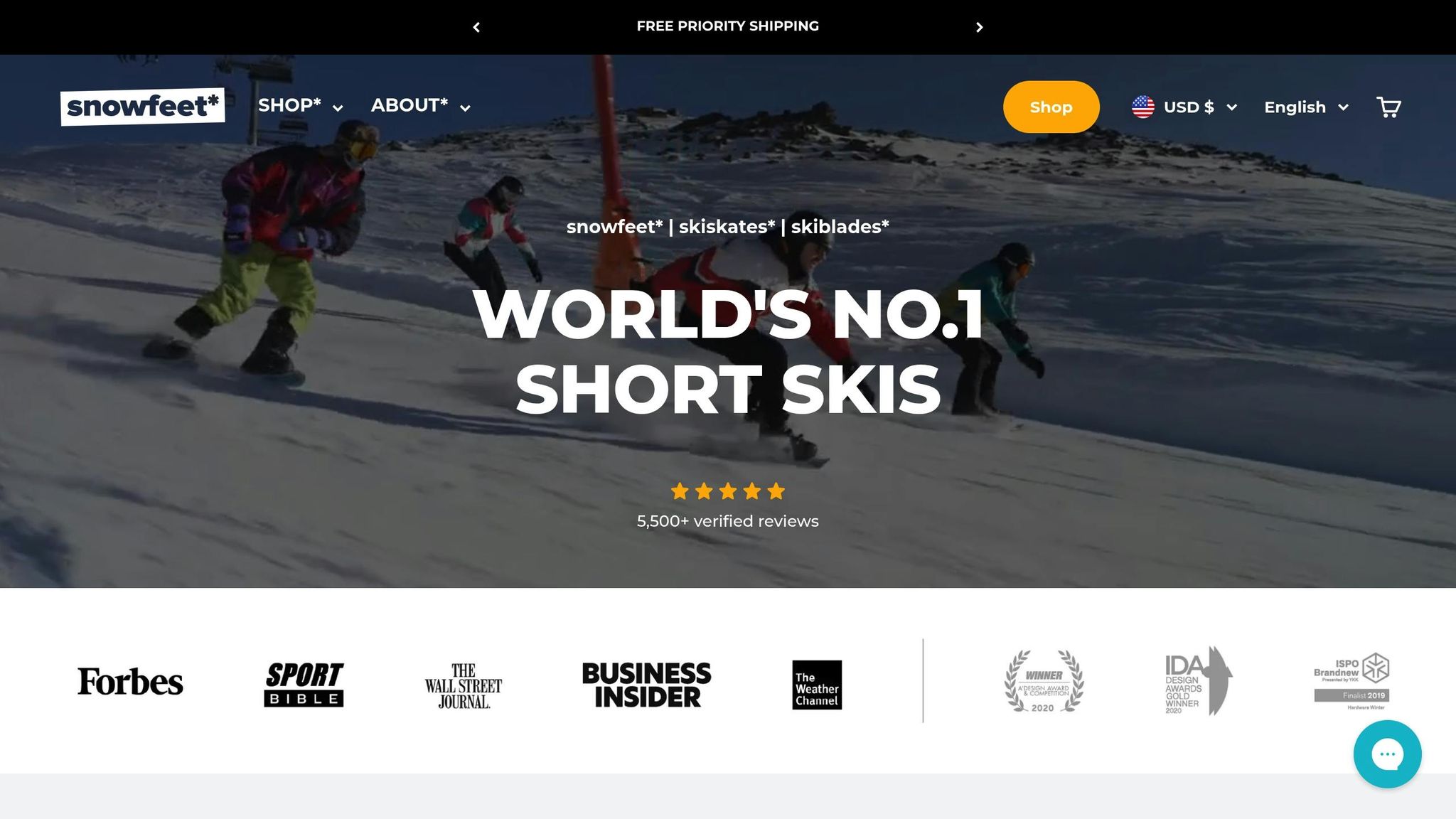
Snowfeet* は重くて伝統的なスキーをスリムで軽量なギアに置き換え、バックカントリーの遊び方を一新します。例えばWalkski Backcountry Touring Skis (100 cm)は、普段の冬靴やスノーボードブーツと連携するよう設計されており、既存の冬のワードローブにぴったりです。この柔軟性は、かさばるスキー装備では叶わないレイヤリングの選択肢を広げます。さらに、Snowfeet* ギアは3層システムにスムーズにフィットし、湿気管理、保温、そして悪天候からの防御を助けます。
従来のスキーは特定の服装に縛られがちです。硬いスキーブーツ、オーバーサイズのスキーパンツ、長いスキーに合わせたジャケットなど。しかし Snowfeet* はそれらから解放します。代わりに、かさばらずに暖かく、乾燥し、動きやすさを重視できるのです。この変化により、より賢く戦略的なレイヤリングが可能になります。
Snowfeet* がレイヤリングの常識を変える
Snowfeet* はレイヤリングをより柔軟かつ効率的にします。トップクラスの湿気管理のために、ミッドウェイトのメリノウールベースレイヤー(200~250 g/m²)から始めましょう。従来のスキー装備のように超重厚なレイヤーを必要とせず、Snowfeet* なら軽量で快適に保てます。
ミッドレイヤーには、暖かさと通気性のバランスが取れたアクティブインサレーションを選びましょう。かさばるジャケットは避け、中空繊維糸や革新的なデザインで熱を閉じ込めつつ体を呼吸させるパフォーマンスフリースを探してください。これは、Snowfeet* での登りで機敏さとエネルギー消費が重要なため特に大切です。おすすめは、Smartwool Intraknit Thermalで、53%メリノウール、45%ポリエステル、2%エラスタンをブレンドし、高エネルギー活動時の通気性と耐久性を兼ね備えています。
アウターシェルに関しては、頑丈さよりも通気性を優先しましょう。Snowfeet* は従来のスキーのようなエッジ保護を必要としないため、ピットジップなどの優れた熱放出機能を備えたシェルを選びつつ、下山時の天候からしっかり守られます。
最高の Snowfeet* ウェアとアクセサリー
Snowfeet* に最適なレイヤリングシステムを構築するには、シンプルさが鍵です。目標は、服装がギアの軽量で機敏なデザインと調和し、妨げないこと。湿気管理と保温が整ったら、アクセサリーでセットアップを微調整しましょう。
- ベースレイヤー:温度調節に優れたメリノウールと速乾性の合成素材を組み合わせたハイブリッドタイプを探しましょう。予算に優しい選択肢としては、REI Co-op ミッドウェイトベースレイヤークルー(55ドル)、プレミアムな選択肢としてはBlack Diamond ソリューション150メリノクォータージップ(145ドル)が優れています。
- ミッドレイヤー:通気性が良く、頻繁な調整が不要なアクティブインサレーションを選びましょう。クォータージップやハーフジップの機能は、レイヤーを完全に脱がずに素早く温度調整ができて便利です。
- アウターシェル:ピットジップやチェストベントなどの換気機能があるジャケットを選びましょう。従来のスキージャケットにある長めの裾やパウダースカートは必要ありませんが、天候からの保護と登りでの熱放散機能は欲しいところです。
手足のケアも忘れずに。Snowfeet* は通常の冬用シューズやスノーボードブーツと併用できるため、靴下の選択肢が広がります。膝丈のメリノウールや混紡靴下は、長時間の使用でも湿気管理とクッション性に優れています。手袋は、調整時の器用さを保つライナーグローブと、降りるときの暖かさを保つ断熱性のあるアウターグローブのシステムがおすすめです。
Snowfeet* を使うことで、単なるギアへの投資ではなく、ハイキングやスノーシューイング、その他の冬の冒険にも対応できるレイヤリングシステムへの投資となります。快適さ、機敏さを保ち、その日のどんな状況にも対応できる準備を整えることがすべてです。
sbb-itb-17ade95
さまざまなバックカントリー条件に対応したレイヤリングガイド
Snowfeet* ギアは、バックカントリーの状況が変わる中でレイヤー調整を簡単にします。天気はあっという間に穏やかから荒天に変わることがあるため、柔軟なレイヤリング戦略が重要です。Snowfeet* ギアは軽量で携帯性に優れているため、従来のかさばる装備よりもセットアップの調整が簡単です。ここでは、一般的なバックカントリーのシナリオに合わせたレイヤリングの方法を解説します。
寒い朝と軽い活動
寒い朝は、過熱せずに暖かさを保つことが大切です。メリノウールや合成繊維の混紡素材で作られたミッドウェイトまたはヘビーウェイトのベースレイヤーから始めましょう。どちらも湿気管理に優れています。クォータージップのフリースやソフトシェルジャケットを加えて、体温の調整を素早く行いましょう。アウターには、防風性のあるソフトシェルジャケットを選び、かさばらずに寒さを防ぎます。
手足のことも忘れずに。保温性のある手袋とウールの靴下は末端を暖かく保つために必須で、標準的な冬用ブーツとよく合います。日中に暖かくなったり活動量が増えたりしたら、過熱を避けるためにレイヤーを調整しましょう。
登り坂とハードワーク
登りは血流が速くなります。Snowfeet* の洗練されたデザインのおかげで、重いギアを持ち運ぶよりも温度管理が簡単です。吸湿発散性のベースレイヤーを着用し、重いミッドレイヤーは避けて過熱を防ぎましょう。ベースレイヤーが湿ったら、乾燥を保つために一枚脱ぎましょう。止まったり状況が変わったりした時のために、常にアウターシェルを手の届くところに置いておいてください。
頂上に着いたら、下りに備えて再度調整する準備をしましょう。
風や雪の中の下り坂
風や雪の中を下ると体温が急速に奪われます。始める前に、防風のアウターシェルを着て外的要因から身を守りましょう。特に寒い場合は、動きを妨げずに体幹を温める軽量の保温ミッドレイヤーを追加してください。バラクラバやフェイスマスクで顔を保護し、手袋は高速の下りでも寒さに耐えられる十分な保温性のものを選びましょう。
この三層構造のアプローチとSnowfeet* ギアの扱いやすさが、バックカントリーの変わりやすいコンディションでも快適で準備万端に保ちます。
Snowfeet* と従来のスキーギアのレイヤリング比較
冬の冒険のためのレイヤリングに関して、Snowfeet* ギアは従来のスキーやスノーボードのセットアップと比べて新しい風を吹き込みます。ギア自体だけでなく、服装の管理や特にバックカントリーでの温度変化への対応方法にも違いが現れます。
レイヤリング要件の比較
レイヤリングに関して、Snowfeet* ギアが従来のスキーやスノーボードのセットアップとどう違うかを簡単にまとめました:
| 側面 | Snowfeet* セットアップ | 従来のロングスキー/スノーボード |
|---|---|---|
| ベースレイヤーの重さ | 軽量から中重量のレイヤーで通常は十分です | かさばる装備にはより重いベースレイヤーが必要になる場合があります |
| ミッドレイヤーの厚み | 最小限の保温で十分です | より厚手のミッドレイヤーが必要なことが多いです |
| アウターシェルの要件 | 軽量でパッカブルなシェルが理想的 | 頑丈なアウターシェルが好まれることが多い |
| 温度調整の柔軟性 | 外出先でもレイヤーの調整が簡単 | かさばる装備ではレイヤーの調整が難しい |
| 追加レイヤーの持ち運び | コンパクトなギアは追加レイヤーのパッキングを簡単にする | かさばる装備はパッキングの選択肢を制限する |
| ブーツの互換性 | 通常の冬用ブーツで使える | 重くて特殊なスキーブーツが必要 |
この比較は、Snowfeet*ギアがどのようにレイヤリングを簡素化しつつ、軽量で柔軟性を保つかを示しています。
なぜSnowfeet*がレイヤリングを簡単にするのか
Snowfeet*の秘密は機動性とシンプルさにあります。38cmから120cmまでのコンパクトなデザイン(100cmのWalkski Backcountry Touring Skisなど)で、Snowfeet*のギアは軽量で扱いやすいです。これにより、素早い調整や温度管理が簡単になり、180cmにもなる長いスキーやスノーボード、重いブーツが必要な従来の装備では難しいことが可能になります。
Snowfeet*なら温度管理がより直感的です。かさばりが減ることで、激しい登りやハードな活動中に過熱しにくくなります。従来の重い装備は熱を閉じ込めやすく、快適さを保つのが難しいことが多いです。
もう一つのゲームチェンジャーは、Snowfeet*が通常の冬用ブーツで使えることです。これにより快適さが向上するだけでなく、衣服のレイヤリングを均等に行う柔軟性も高まります。特殊なスキーブーツは熱を閉じ込めて体温調節を難しくしますが、Snowfeet*なら変わりやすい状況に素早く対応でき、時間を無駄にせず快適さも犠牲にしません。より早く斜面に戻り、滑走を楽しむことができます。
結論:Snowfeet*でバックカントリーレイヤリングを極めよう
三層システムを完璧にマスターすれば、どんな斜面でも快適に過ごせます。Snowfeet*のギアはコンパクトで軽量なデザインなので、冬の装備に手間なくフィットします。38cmのMini Ski Skatesでも120cmのShort Skisでも、Snowfeet*は通常の冬用ブーツで使えるように作られているので、重くて特殊なギアは必要ありません。
スマートなレイヤリングとSnowfeet*ギアを組み合わせれば、外出先でも簡単に調整できるセットアップが完成します。天候が変わったり地形が難しくなったりしても、調整は簡単なので、冒険を存分に楽しむことに集中できます。Snowfeet*の短くて機敏な装備は従来のアプローチを一新し、レイヤリングの知識と組み合わせて現代的な優位性をもたらします。
Snowfeet*の携帯性に優れた革新的なギアでレイヤリングを整えれば、どんなバックカントリーの挑戦にも柔軟に快適に対応できます。
よくある質問
Snowfeet*のギアはバックカントリースキーのレイヤリングシステムをどう改善しますか?
Snowfeet*のギア、特に軽量な100cmのツーリングスキーは、バックカントリースキーのゲームチェンジャーです。このコンパクトなスキーは冒険をより効率的で疲れにくくするよう設計されています。従来の長いスキーとは違い、携帯しやすいサイズでエネルギーを節約でき、暖かく快適に過ごすことに集中できます。
このデザインは機敏さを最優先し、狭いトレイルや予測できない地形も楽にこなせます。さらに過熱の心配もありません。これにより、吸湿発散性のベースレイヤーから保温性のミッドレイヤー、そして耐候性のアウターまで、レイヤリングシステムを自在にコントロールできます。Snowfeet*なら、変わりやすい条件でも暖かく自由に動けて、パフォーマンスを妥協しません。
寒い天候でのベースレイヤーにおいて、なぜメリノウールは合成繊維より優れているのですか?
寒い天候でのベースレイヤーにはメリノウールが素晴らしい選択です。濡れても自然に保温し、どんなに激しい活動でも暖かく快適に保ちます。さらに合成繊維に比べて大きな利点があり、通気性が良く、臭いを抑え、体温調節を助けます。だから過熱せず、気温が下がっても暖かさを保てます。
メリノウールの本当の魅力は、その柔らかくチクチクしない感触と、湿気を逃がす能力にあります。これが長時間のバックカントリー旅行に最適な理由です。Snowfeet*のギアと組み合わせれば、自然の厳しさに負けず、乾いて快適に過ごせる最強のコンビになります。
変わりやすい天候の中で、登りと下りを切り替えるときに服のレイヤーをどう調整すればいいですか?
登りと下りを切り替えるときは、レイヤリングの調整がとても重要です。登りのときは、ミッドレイヤーやアウターシェルを脱ぐか緩めて、過熱を防ぎ汗をコントロールしましょう。下りの準備ができたら、特に保温性のあるレイヤーやアウターシェルを再び着て、寒さや風から身を守ってください。
Snowfeet*のギア、例えばWalkski Backcountry Touring Skisは、このプロセス全体をずっと簡単にしてくれます。軽量設計と優れた機動性のおかげで、従来のスキーセットアップのかさばりを気にせず素早く調整可能です。標準的なスキーやスノーボードとは違い、Snowfeet*製品は軽くシンプルに保ちながら、変わりやすいコンディションに自在に対応する自由を与えてくれます。







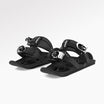













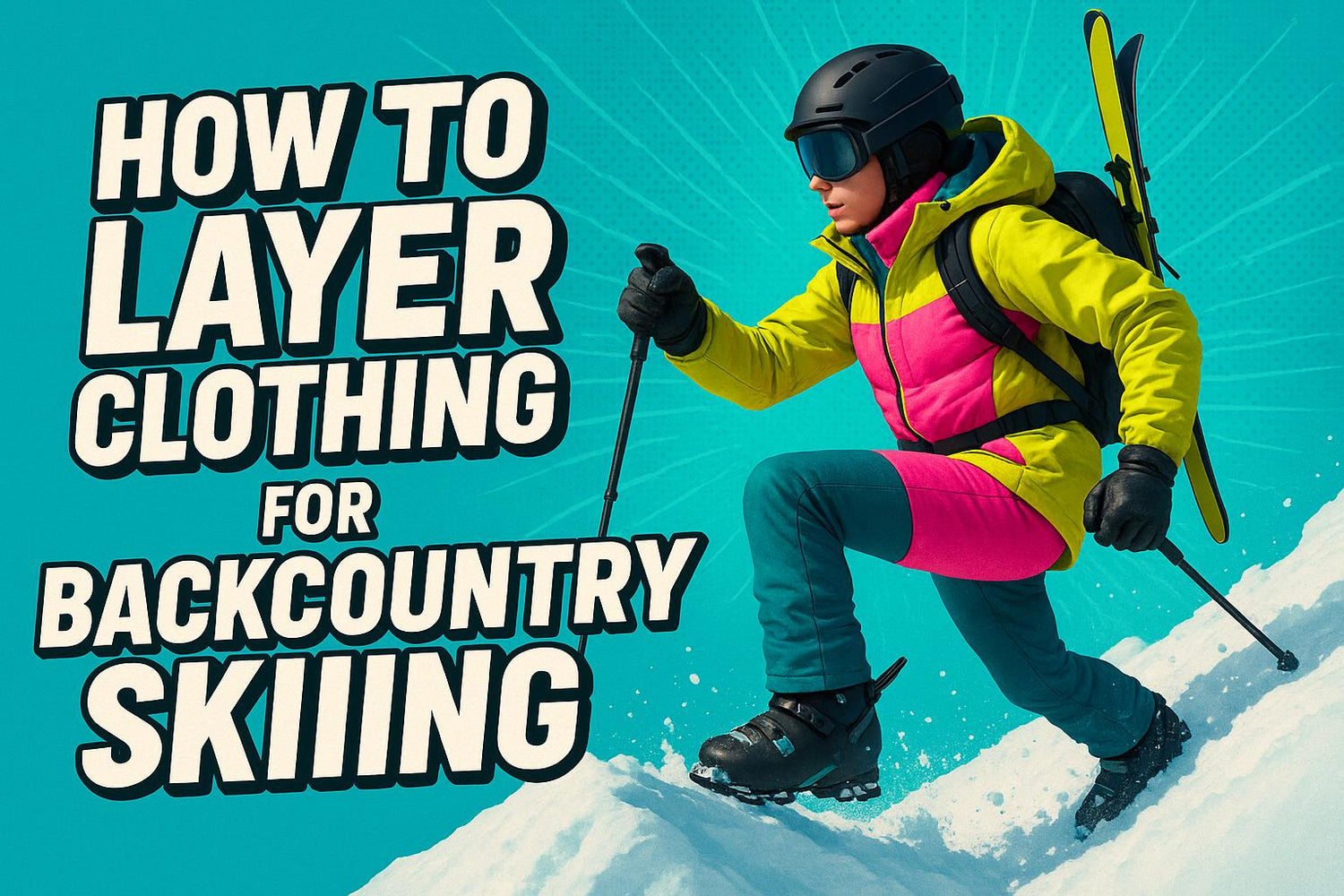






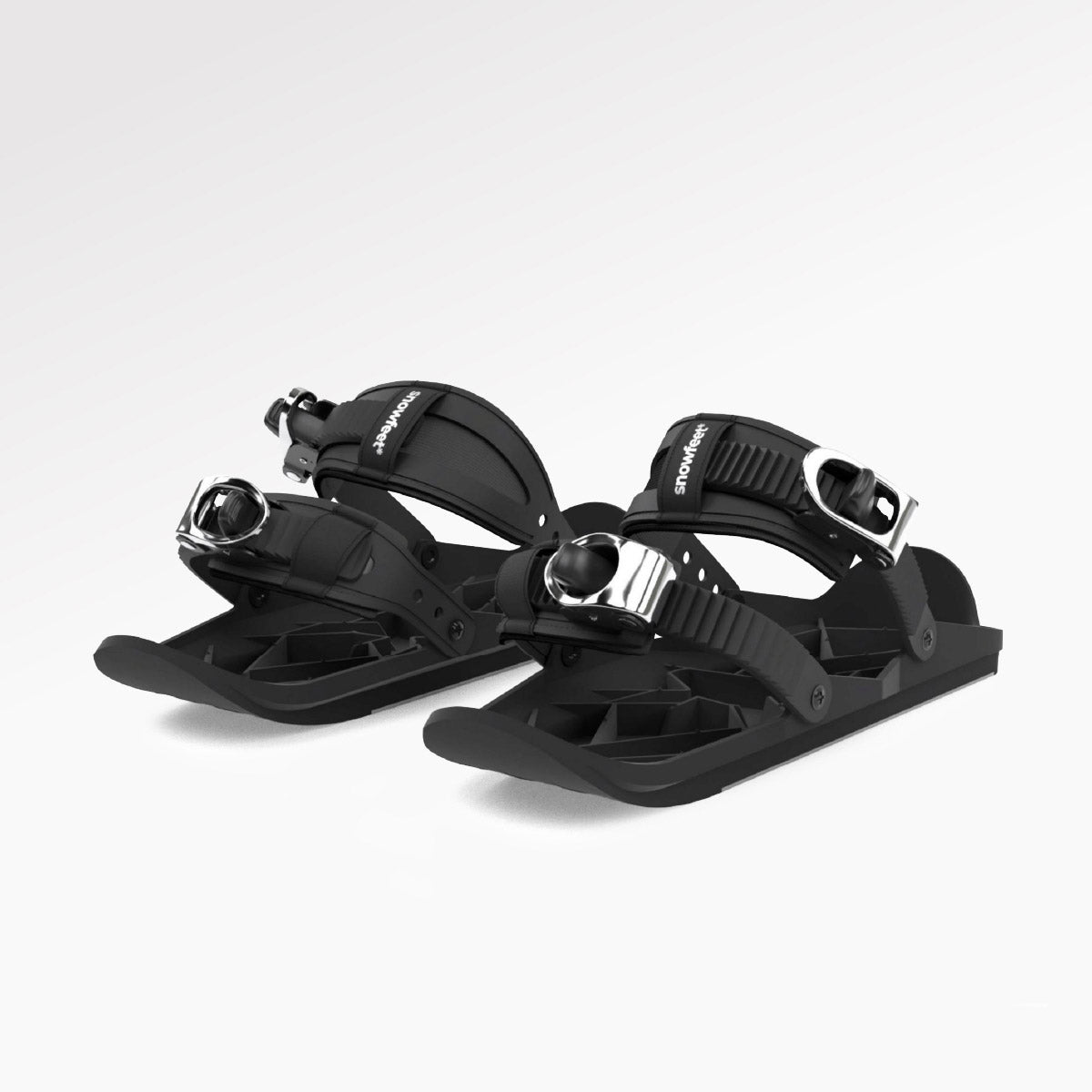
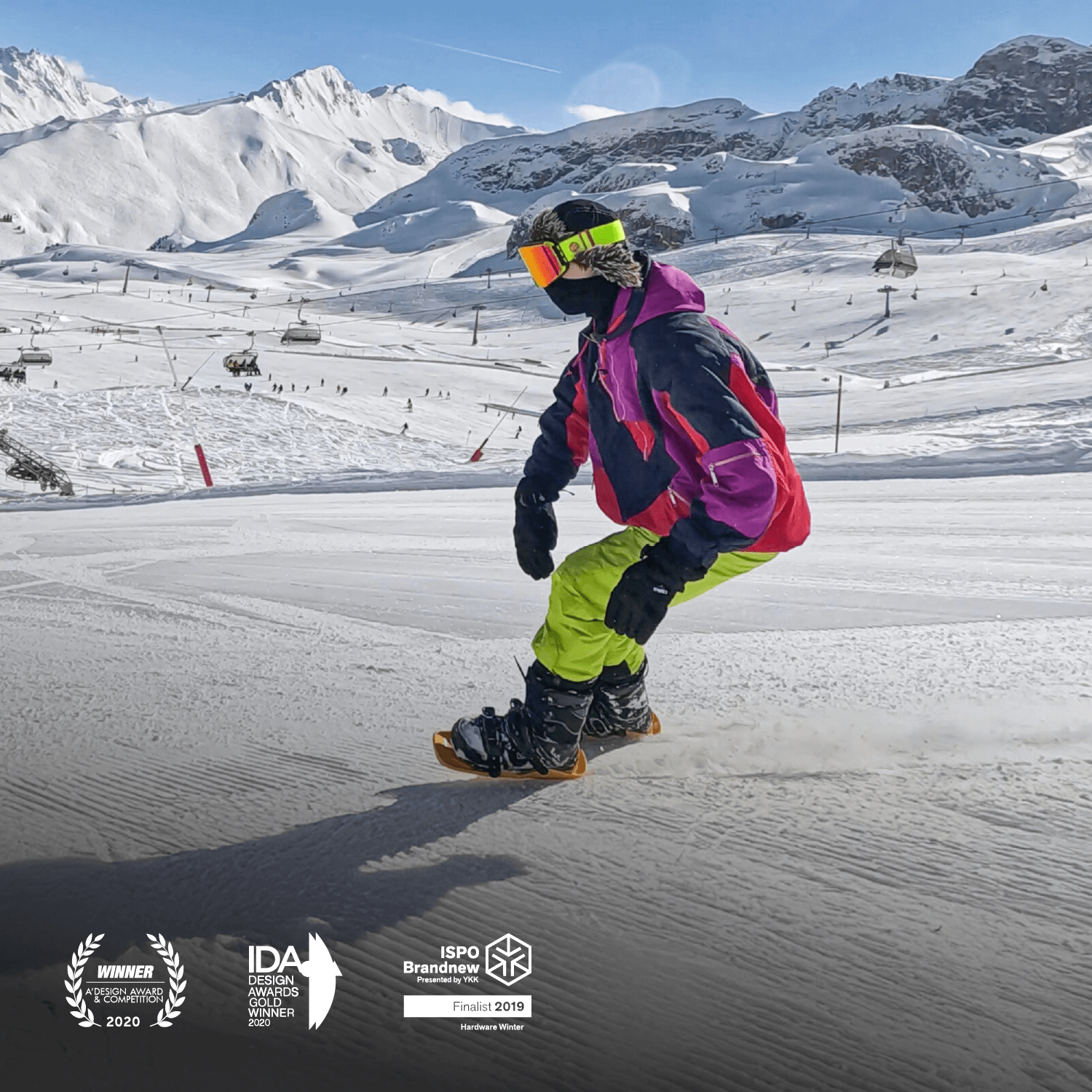




コメントを残す
このサイトはhCaptchaによって保護されており、hCaptchaプライバシーポリシーおよび利用規約が適用されます。